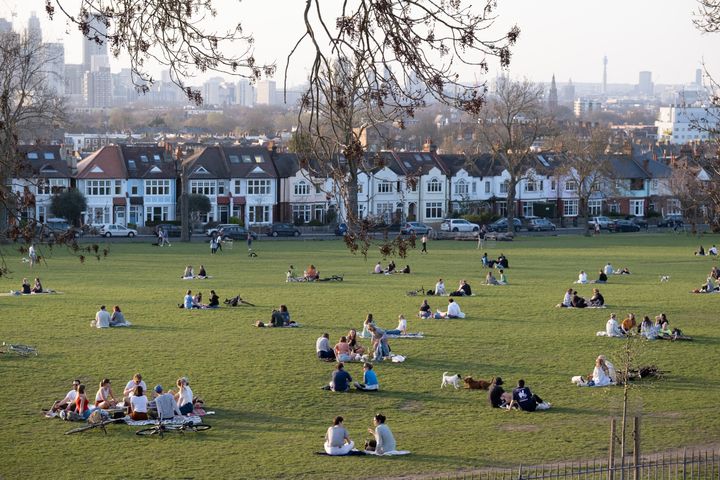
England’s Covid-19 R rate remains unchanged and is estimated to be between 0.8 and 1.0, scientists advising the government have said.
It comes three days before Boris Johnson is expected to unveil the next stage of the easing of coronavirus lockdown restrictions, including foreign travel.
Boris Johnson has warned of a potential third wave of Covid in the UK but has insisted his road map to lift restrictions remains on course, with vaccinations believed to be helping to break the link between cases, hospitalisations and deaths.
Last week the estimated R rate in England was between 0.8 and 1.0 and the UK-wide figure was between 0.7 and 0.9.
This week scientists have not released a UK-wide figure.
R measures the number of people, on average, that each Covid sufferer will infect.
If R is greater than 1 the epidemic is generally seen to be growing; if R is less than 1 the epidemic is shrinking.
The estimate was published on Friday and provided by the Scientific Advisory Group for Emergencies (Sage) and the Department for Health and Social Care (DHSC).
Here’s what the R rate is in each region of England
In England, the R rate is 0.8 to 1.0.
East of England – 0.7 to 1.0 (unchanged from last week)
London – 0.7 to 1.0 (up from 0.7 to 0.9)
Midlands – 0.7 to 1.0 (unchanged)
North-east and Yorkshire – 0.8 to 1.0 (unchanged)
North-west – 0.8 to 1.0 (up from 0.7 to 1.0)
South-east – 0.7 to 1.0 (unchanged)
South-west – 0.7 to 1.10 (up from 0.7 to 0.9)
Here’s what the R rate is in the devolved nations
In Scotland the latest figures estimate the R rate is between 0.8 and 1.0, unchanged from last week.
In Wales it is believed to be between 0.7 to 0.9. Last week it was between 0.6 and 0.9.
And in Northern Ireland, the R is estimated to be between 0.90-1.05, up from between 0.75 and 0.95 last week.
